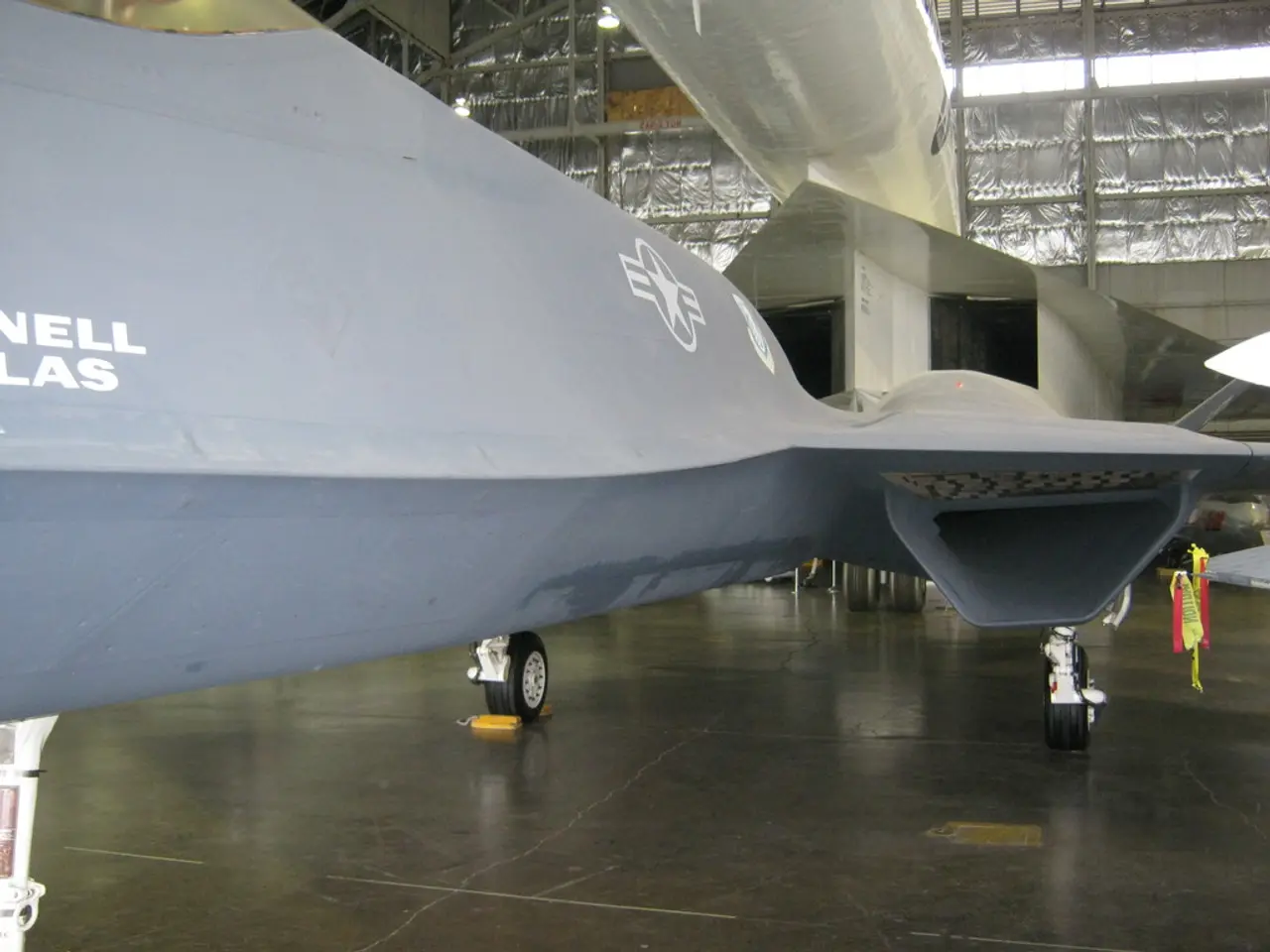Reason Behind FAA Overlooking Another BVLOS Deadline: Insights from a Recent Report
The Federal Aviation Administration (FAA) is experiencing delays in releasing the long-awaited Beyond Visual Line of Sight (BVLOS) rule (Part 108), primarily due to complex technical, safety, and regulatory challenges that have persisted for nearly a decade.
The key challenges causing these delays include:
- Technical and Safety Complexity: The essential safety challenge for BVLOS operations is to replicate the human pilot's "see-and-avoid" capability remotely. This depends largely on developing detect-and-avoid (DAA) systems equipped with radar, lidar, and AI technology to reliably detect other aircraft, obstacles, and terrain in real time.
- Communication and Control Link Reliability: BVLOS flights require robust, secure communication links capable of maintaining constant control over long distances, increasing technical complexity and risk.
- Airspace Integration and Safety Risks: Complexity in integrating drones safely with manned aircraft, particularly near heliports and below 400 feet altitude limits, raises collision risks.
- Scalability of the Waiver Process and Regulatory Framework: The current FAA BVLOS waiver process is manual, costly, and inefficient, unable to scale with surging industry demand. This backlog delays operational approval and investments.
- Remote ID Compliance and Enforcement Issues: As of April 2025, only half of drones complied with Remote ID rules, critical for real-time positional awareness and enforcement. Lack of compliance further complicates automated control and situational awareness needed for safe BVLOS expansion.
Overall, these intertwined challenges—technological, regulatory, and operational—have caused FAA to miss multiple deadlines, freezing the broader U.S. drone industry's growth and causing uncertainty around investment and deployment of critical drone applications.
Despite the delays, incremental progress toward creating a new rule for BVLOS operations has been made. The FAA's collaboration with drone industry partners through the BEYOND program provides access to real-world testbed operations. However, the OIG report states that the FAA is still far from ready to roll out a rule that supports routine, scalable BVLOS operations.
The FAA's BVLOS rule, when published, is expected to make it easier for everyone to fly BVLOS. The 30-day deadline (July 6) has passed, but the FAA has not released its rule. The FAA still lacks a universal risk-assessment model or performance-based metrics for BVLOS operations. Additionally, the agency is facing staffing and resource limitations, with a shortage of trained personnel with the right technical expertise.
The core issue isn't a lack of effort or interest, but rather execution problems with the current waiver process. The current waiver process, designed for limited Part 107 operations, doesn't scale well for complex BVLOS scenarios. The FAA's hesitance to publish a BVLOS rule is due to insufficient safety data, particularly for operations over people or in shared airspace.
The newly passed LIFT Act and pending policy efforts aim to address these bottlenecks by promoting AI-driven performance standards and streamlined regulations, but the FAA’s rule release remains delayed pending resolution of these complex factors.
[1] FAA Reauthorization Act of 2024 [2] Office of Inspector General Report [3] President Trump's Executive Order [4] Remote ID Compliance Reports
- The Federal Aviation Administration (FAA) is facing challenges in releasing the Beyond Visual Line of Sight (BVLOS) rule due to technical complexity, safety concerns, and regulatory challenges.
- The key is to develop detect-and-avoid (DAA) systems that can reliably detect other aircraft, obstacles, and terrain in real time to replicate the human pilot's "see-and-avoid" capability for BVLOS operations.
- A robust, secure communication link is needed for long-distance control during BVLOS flights, which adds to the technical complexity and risk.
- The integration of drones with manned aircraft near heliports and below 400 feet altitude increases collision risks and complexity in airspace management.
- The FAA's BVLOS rule, when published, is expected to ease the overall drone industry growth, but delays in its release are causing uncertainty in investment and deployment of critical drone applications.




